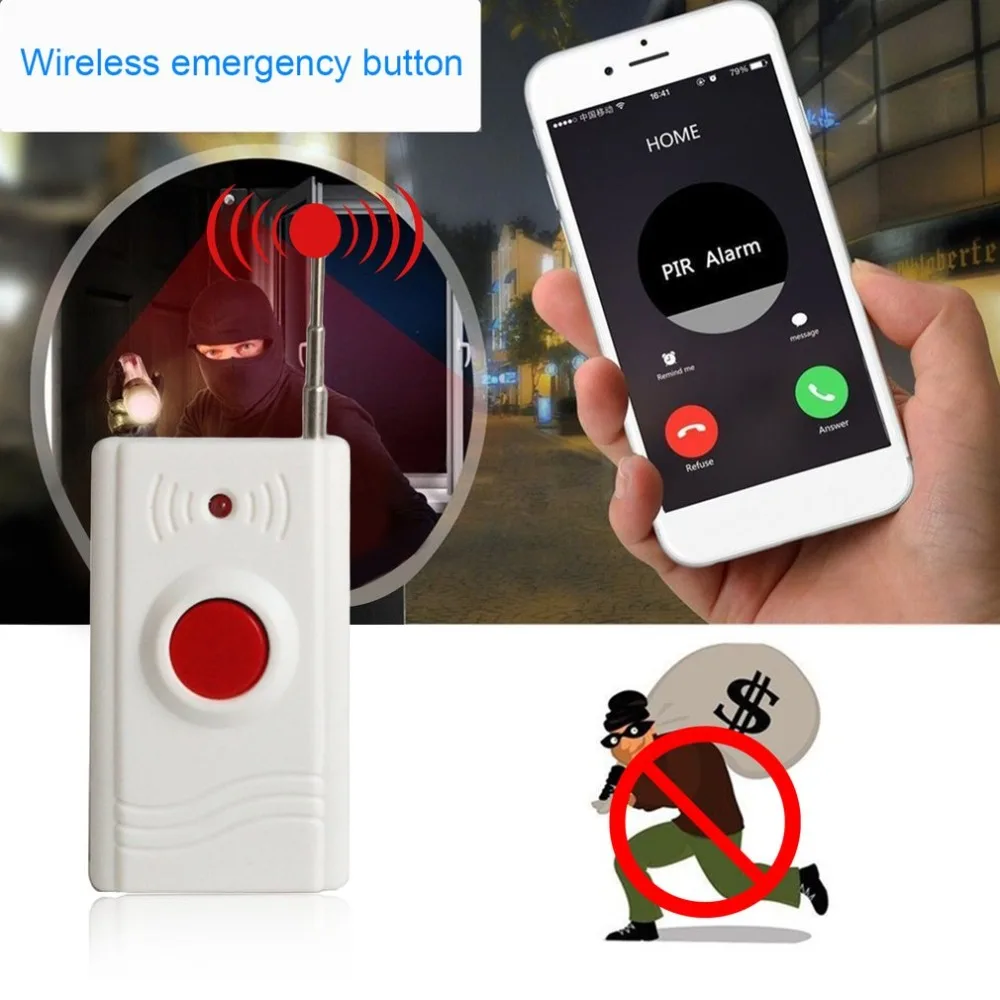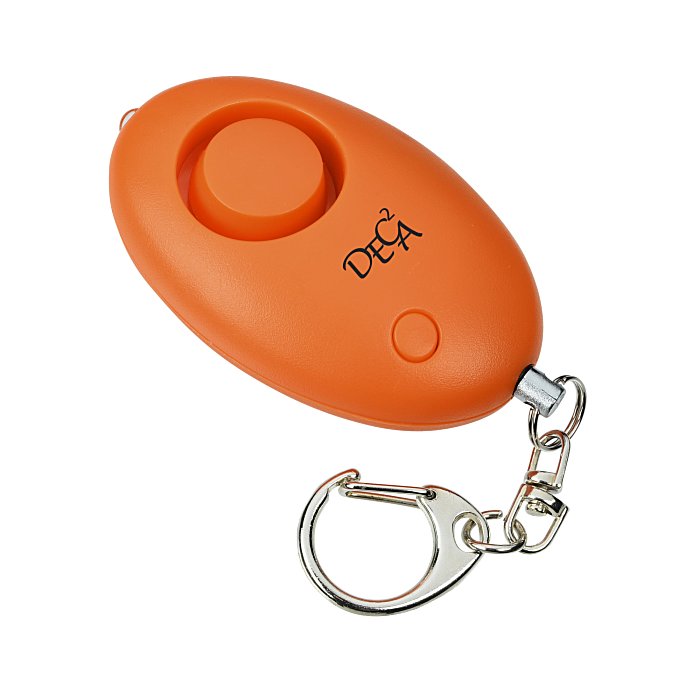

The panic button should not be an obvious button on the keyboard or a button on a telephone. The panic button will be out of reach in the event of an actual robbery. The panic button should not hang on the wall of the office out of reach in case of emergency. If there is an emergency, the police may be called.Ī covert panic button should not be a fob in the pocket of a receptionist or guard. A designated person can then telephone the receptionist or otherwise determine if there is an emergency. If the panic button is pushed, a light will flash in another office or warehouse.

Still other companies may alert their own work force in another area of the facility.

A control word can be used to cancel further action. The security company will either review the live CCTV system feed or place a phone call to the company. Other companies have a panic button that will alert the 3rd party security company. The police will normally charge the company if there is a false alarm. If the panic button is pushed, the police arrive as soon as possible. Some companies have a panic button that automatically alerts the police. There are a number of panic button scenarios. A covert panic button needs to be installed in a place easy to reach, but normally out of sight.Ĭovert panic buttons are ideally installed under the desk within easy reach with the fingers, knee or foot. Common visitor entrances is the reception area in the administrative building and the dispatch office in the warehouse.Ĭovert means hidden, concealed, secret, or disguised. The panic button should be installed at every visitor entrance. Where should the covert panic button be installed? The TAPA FSR requires a duress or panic alarm button be installed in a covert position in visitor entry points and tested weekly.


 0 kommentar(er)
0 kommentar(er)
